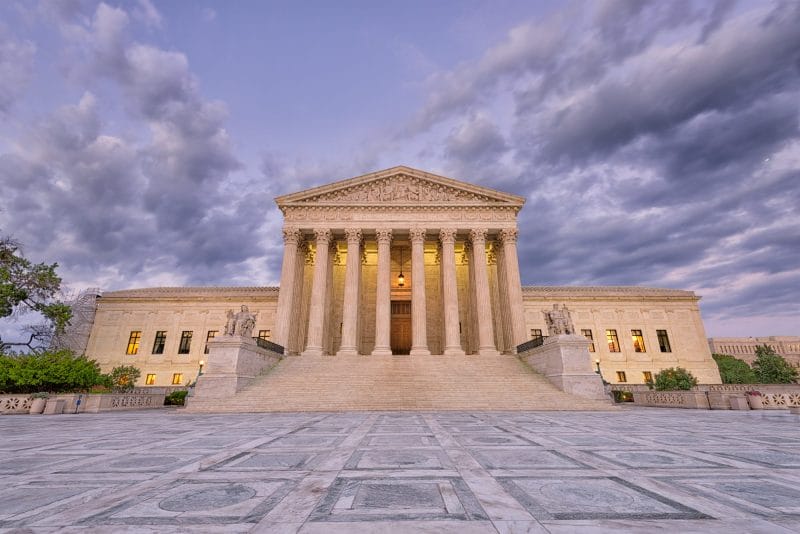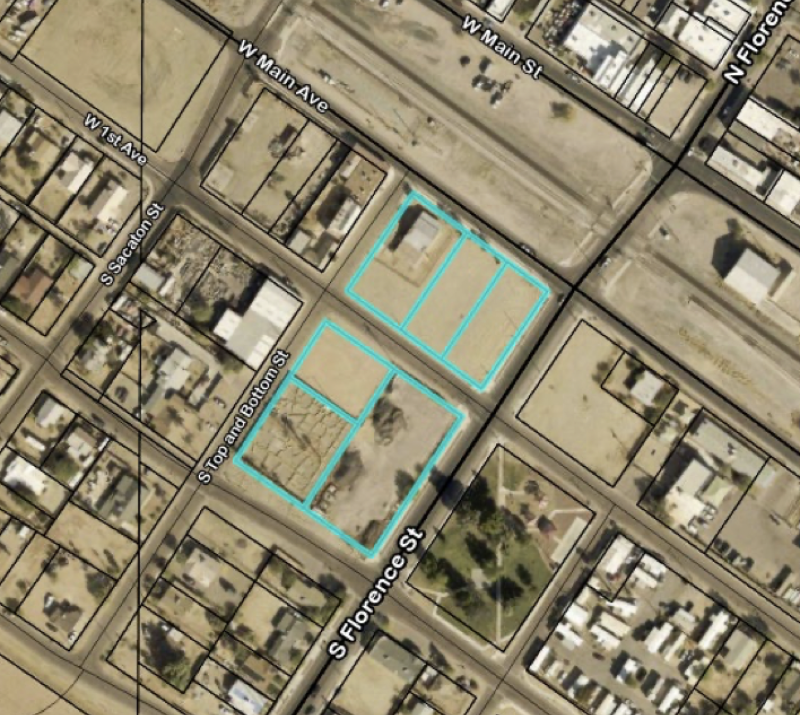
By James Allen | realor.com
A lot of savvy economists, demographers and poll takers were stunned by the recent presidential election and the voting power of rural and suburban Americans. Threatened by globalization and technology, which have decimated millions of industrial jobs, residents in hard-hit regions made the revival of working-class jobs, especially in manufacturing, a top priority for the incoming administration.
Will it happen? Creating those jobs and improving the economic fortunes of the middle class may depend not only on politics but also on the declining cost of distance. Research by my colleagues at Bain & Co. provides strong evidence that this gathering force of spatial economics is about to shatter some longstanding economic assumptions. It will transform urban patterns in advanced economies by enabling millions of people to move out of cities, and shake up established models of global growth, potentially positioning the U.S. and Europe for a period of sustained expansion.







